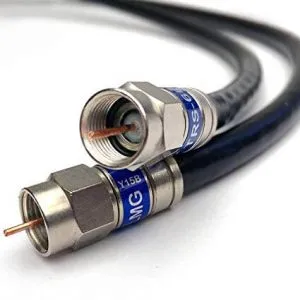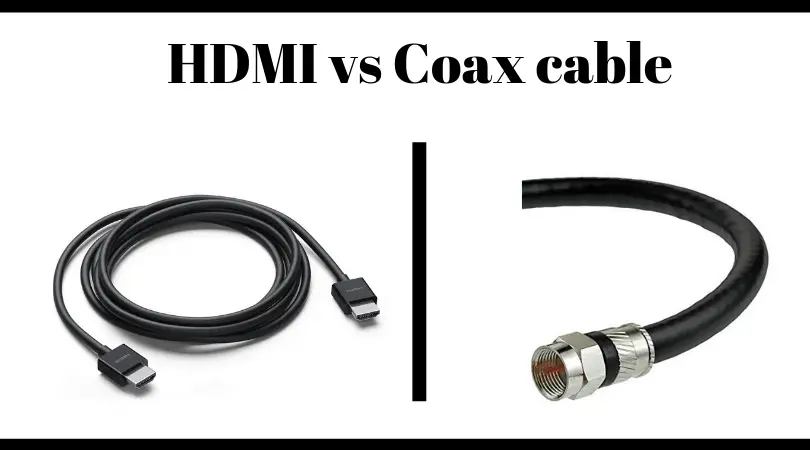A couple of decades ago, life was very simple. We barely had things to worry about or tech complications to confuse us. Now, though, the scenario has changed, and while tech can overwhelm us sometimes, it is the best thing that has happened to humankind so far! Whichever aspect we see, we know there are multiple choices for us to explore.
Take cables for example. Back in time, there was one cable that did everything, and sometimes, we compromised with quality due to this. Today, we have multiple cables such as HDMI and Coax. What is the difference between the two? Do we need both of them or can we select? Are they the same or do they serve different purposes? We have all the answers for you because our focus is on HDMI vs Coax cable in this article.
HDMI

HDMI stands for High Definition Multimedia Interface. It is the cable you should eye if you want 1080p video resolution and audio that will make you a part of the experience. This is why hardware enthusiasts and content producers love this cable.
HDMI cables have twisted pairs and many separate conductors. All the twisted pairs are further shielded. They work excellently to transfer data to any audio and video devices. If you look at an HDMI cable, you will be reminded of a long USB cable. But, of course, it does much more than a regular USB cable!
Coax

Coax, or coaxial cables has been popular for many years now. They were used abundantly in gaming systems, VCRs, and televisions for a long time. It is mostly used to send data from satellite or cable to the hardware in your house.
Coax cables are bulk fiber optical cables and have a shield, dielectric, and center conductor. They are usually of two types: 50 and 75 Ohm. While making your purchase, you should learn which type you need because one won’t do well in the other’s place.
The downside of coax cables is that they will not give you the quality you expect when you use it to connect a television to any audio device. This is because the data has to move through only one copper conductor. The resolution goes down significantly.
HDMI vs Coax cable
You may have figured by now that each of these cables has specific purposes. For excellent viewing & listening experience, you need the HDMI cable, but if you need to transmit digital signals, etc. you need the coax cable.
So, you will note that they both serve different functions. They are not really competing against each other. In a home theater system, for example, you will need both of them. They are essential for proper data transmission and complete setup. You just have to learn their functions and understand which one to use when and where.
We hope this article gave you an insight into the cable world, specifically about the two top quality cables that we use – HDMI and Coax. If you have any concerns or questions, you can always ask us through Comments, and we will be happy to clear your doubts.
